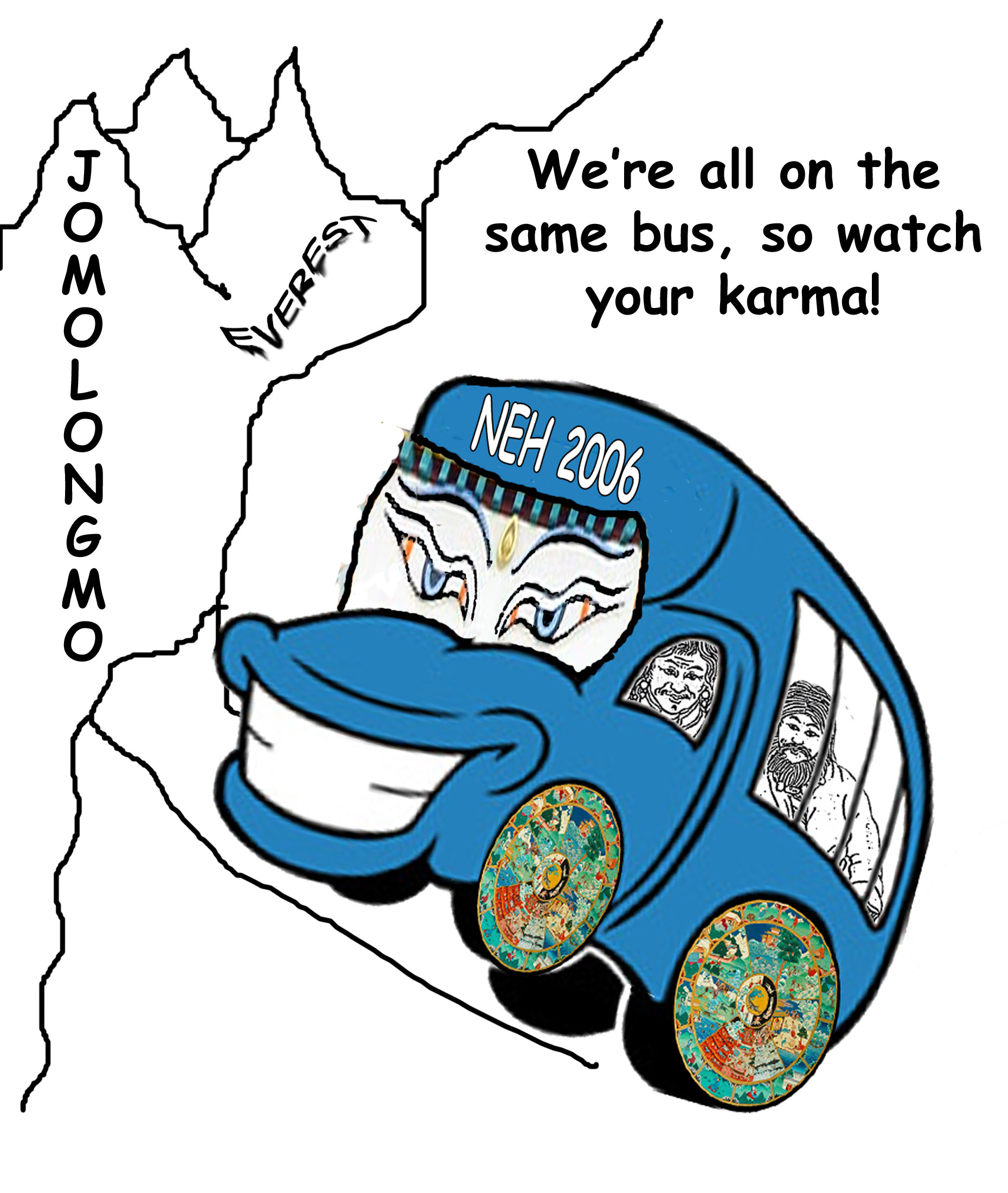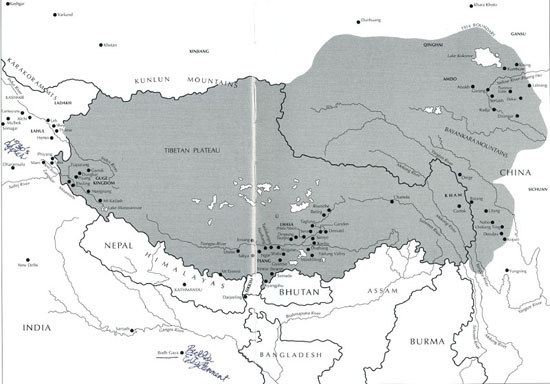
School: Walworth Barbour American International School in Israel
Project Title: "Tap into the Himalayan Region"
|
TIBET Do rivers play an important role in Tibet as well?
Tibet Buddhism…
TA = point of view The Tibetan Buddhist Canon – sources found in Kashmir, Northern India and Nepal. The early texts were found by accident in a monastery close to 20 miles outside of DUHUANG. A renegade Taoist priest discovered a caste of texts buried in a wall there in the 1890’s. Upon hearing of the discovery, many flocked to the area to discover that the manuscripts dated between 850 and 1030 CE. The earliest printed, or block print, manuscript found there, however, was a Buddhist sutra dating 640 CE. In the caste there were copies of official documents and legal court reports. The manuscripts were written in Chinese, Uyghur (Turkish), Tibetan, a mixture of two of these languages and some in a collection of all three languages.
-Kanjim – (108 vols.) – Word of the Buddha – translated from Sanskrit, Khotanese (middle Persia), Brushaska …
Tibetan Writing - must have a dot [or space] to be coherent; there is a constant recoding of the language; WRITING and RELIGION bind Tibet as a nation! Tibet was not open to foreigners until 1981. Origin of the writing itself…
-foretelling the future Tibet belongs to one language family (Raj) – the writing is the same throughout the area but the spoken Tibetan dialects are so different and vary from river valley to river valley that it is difficult for people to understand each other through speech. In 1959, when China began its great influence of Tibet, there were no established schools just monastic religious schools and no textbooks. Now, most villages have schools and everyone can read prayer books and can receive and write receipts while paying taxes. Writing in Tibet is a favorite “pass-time.” There are roughly 250,000 households in Central Tibet and the number of books generated in the area is enormous! Check out the fabulous Tibetan Art from the Rubin Museum of Art Create a series of Tibetan flags of your own!
Check out these selections of modern Tibetan literature- Six Stars with a Crooked Neck
|
||||||||||||
This site was created by (insert name) at the NEH Summer Institute "Cultures and Religions of the Himalayan Region," held at the College of the Holy Cross, Summer 2006









